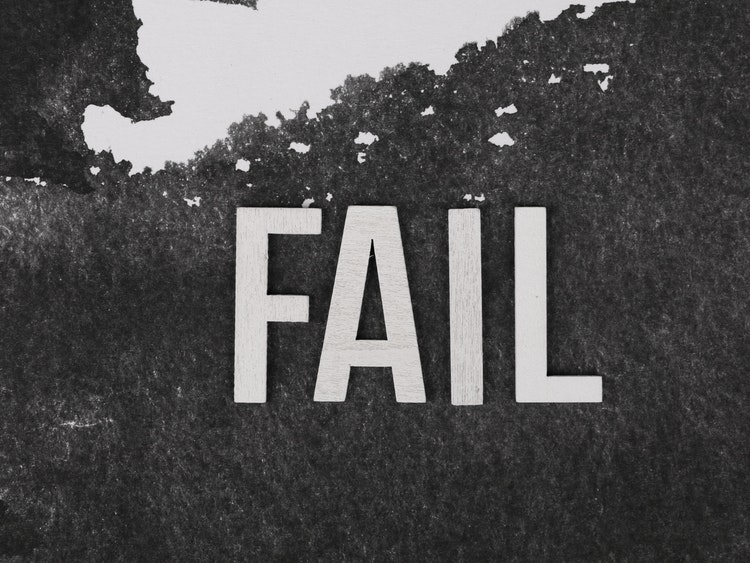Surprise, Surprise! Bail Reform in Chicago Has Failed!
News and Resources
Evidence that Chicago’s misguided attempt at bail reform has crashed and burned in the same way similar efforts have cratered all over the country recently came from an unlikely source. Loyola University, long a hotbed of Jesuit activism that has embraced all of the worst, most regressive elements of wokeism, recently published an exhaustive paper on the results of bail reform in the windbag city. The study behind it was supposed to show what an unqualified success the anti-bail bonding company offensive had been. Instead, it painted quite the opposite picture.
War on the Bail Bond Agent: Anatomy of a Failure
In 2017 Cook County Circuit Court Chief Judge Timothy Evans proclaimed - without the political or legal mandate to do so - that judges in Cook County, which covers most of greater Chicago, could not make cash bail mandatory unless they could prove there was a compelling reason to bring the bail bond agent into the picture. As a result, the number of people being held in Cook County jails because they could not afford bail was reduced significantly. About this, there was no doubt.
Then, in 2019 Judge Evans released a report he commissioned which seemed to show that not only had jail populations shrunk, but that his catch-and-release policy had not generated a surge in crime as many had predicted. This is where the real argument started. Residents of Chicago took exception to this self-serving assertion. They were living with the reality of surging crime every day and were in no mood to have their concerns whitewashed by Judge Evans.
In an attempt to bolster Judge Evans’ claims and quiet an angry public Loyola commissioned a pair of their own researchers to look into the matter. Their study, entitled "Dollars and Sense in Cook County: Examining the Impact of General Order 18.8A on Felony Bond Court Decisions, Pretrial Release, and Crime" concluded judge Evans was right.
The study looked at the thousands of defendants who were released without bail over the previous year and concluded that about 17% had gone on to commit new offenses after release. The study said that 17% was the same percentage of people that were re-offending before catch-and-release came into effect. Therefore there was no increase in crime.
The Power of Specious Reasoning
The Loyola researchers would have you believe that statistics proved there was no crime surge after catch-and-release was instituted. But their reasoning is deeply flawed, and here’s how. They say 17% of people released pending trial prior to catch-and-release were re-offending and that number did not change to any significant degree after catch-and-release. Therefore, there is no crime wave.
But what they don’t say is that if 17% of the thousands of additional people being released now are re-offending, then the number of actual crimes committed jumps significantly. And this explains what people on the street have been reporting: that crime in Chicago is out of control.
Let's use some numbers from the actual report to illustrate the point here: During the study period, 9,200 offenders were released who committed 1,564 new offenses (17%). If only 8,000 had been released instead the number of new offenses would only have been 1,360 (also 17%). So you can see that the more people judge Evans releases the more crimes are being committed.
The Growing FTA Epidemic and How it’s Fueling the Crime Surge
All those perps being released in Chicago are expected to appear in court to face the charges against them, just like everyone else accused of a crime. So are they? The study indicates that when 24-hour bail bonds were the norm just over 16.5% of those released awaiting their court appearance (mostly because they were bailed out) failed to appear (FTA) to face charges. Since catch-and-release was imposed in Chicago by judge Evans the FTA number has risen to just a hair shy of 20%.
The Numbers Say it All
The political leadership in Chicago makes light of the failure to appear statistics and claims there is no correlation between FTAs and rising crime. But more stats from the Loyola study contradict that assertion. For example: In the year after catch-and-release was imposed and FTAs began to grow, the number of violent crimes in Chicago rose from 22,341 to 27,074, the number of property crimes in rose from 77,407 the previous year to 88,085, and the number of violent crimes committed with a gun rose from 5,625 to 9,694.
Conclusion
The authors of the Loyola study set out to prove that judge Evans was right when he said his catch-and-release policy was not creating more crime. But in the end, their study wound up proving that it did, and the severity of the crime surge shows no signs of abating any time soon.
Another aspect of Judge Evans’ crime surge is that the people being victimized most by all the perps he’s releasing onto the streets are the very Black and Hispanic communities that so-called bail reform is supposed to help.
People looking for an explanation of Colorado’s recent crime surge need look no further than activist judges in Denver County, Golden and elsewhere emulating anti-bail bond company policies in other parts of the country. But unless we want out-of-control crime to become the norm we would do well to send a message to those entrusted with power that catch-and-release has no future in Colorado.
Contact Info
Tayler Made Bail Bonding is available 24 hours a day and 7 days a week.
(303) 623-0399email@taylermadebailbonding.com
3595 South Teller Street
Suite 300A
Lakewood, CO 80235
@TaylerMadeBail

